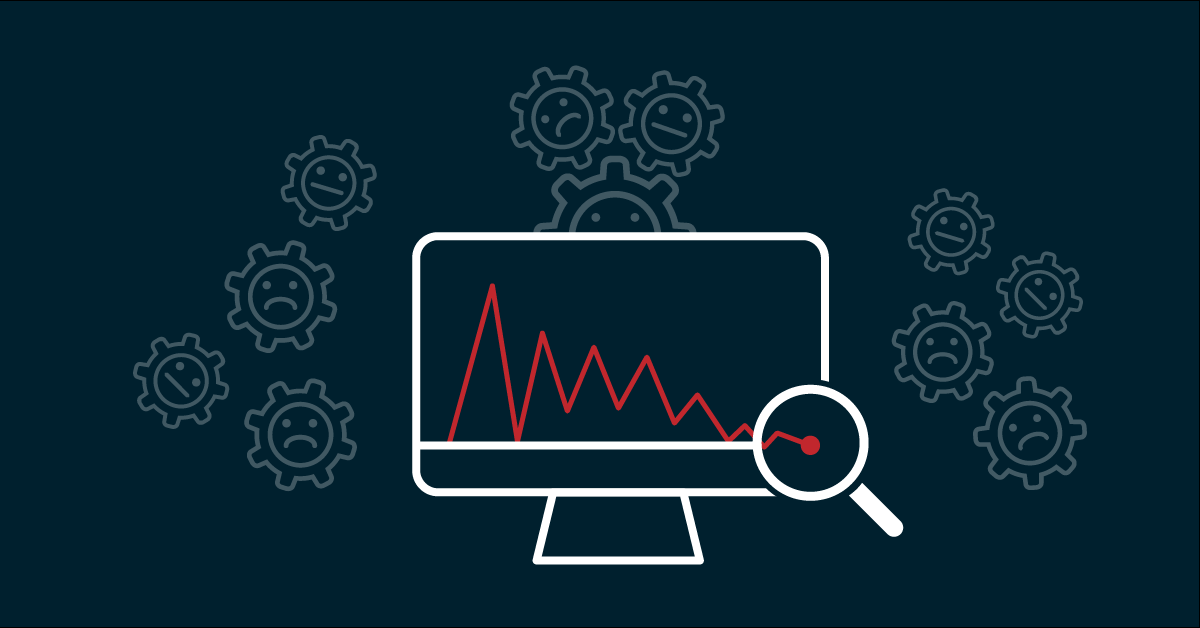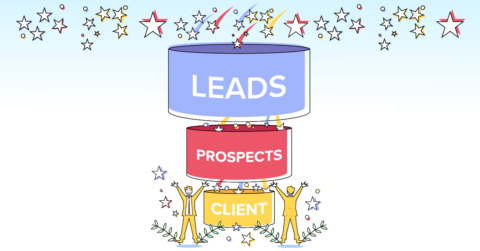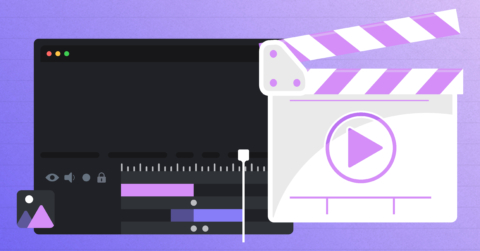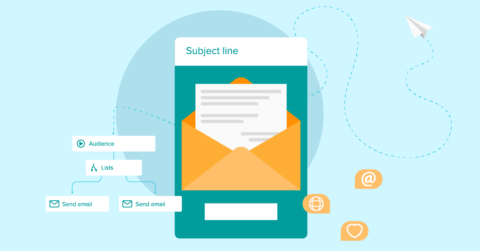
5 Reasons Your Website Is Underperforming
06/23/22
digital design
These days, your business website is often the most important asset you own. It’s the first impression a potential customer has of your brand, where your audience spends most of its time when interacting with you, and is often fundamental to making sales.
That’s why it’s important to get to the root causes if your website is underperforming. Today we will start by sharing what the main goal of your website might be. We will then go over the five main reasons your website might be underperforming as well as how to fix it.
What Is The Main Goal Of Your Website?
It might seem like an obvious answer, but sit down with this question for a bit and really think about it. A business website can fulfill multiple purposes, and to know if it’s underperforming or not, it’s essential that you are measuring the right things.
While only you can determine the precise goal of your website, here are some of the most common “main tasks” of a business website:
- Driving more sales. Perhaps the most common one, a business website often acts to make more sales. In this case the website will present options for buying products or services from the business.
- Gaining more leads. Often, a business will make most of its sales through email marketing. In this case, the purpose of the website’s content is all about driving people to sign up for their email list.
- Gathering interest in a physical location. This is a common goal for the website of an in-person service provider. A great example is the website of a restaurant.
- Gaining more affiliate sales. Some businesses make the majority of their profit by selling other company’s products through affiliate sales.
- Highlighting past projects. In this case, a website will act as a type of portfolio. Think about an artist displaying their work.
There are several goals that a website can contribute to, and narrowing down to the most important ones will influence how you set up your website. With that in mind, let’s check out five reasons your website is underperforming and what you can do about it.
Why Your Website Is Underperforming
1) Search engines can’t find your website
It doesn’t matter how great and informative your website is; if search engines can’t find it and display it to potential visitors, you are in deep trouble. To ensure that it’s being displayed properly, be sure to follow these recommended actions by Google.
Once you have taken care of this essential step, it’s time to gain more attention. You do this by becoming a master of SEO (check out our ultimate guide to SEO for the most important action steps). Over time, these actions will drive more interest and traffic to your site.
2) Bad design
The fact of the matter is, nobody wants to land on a website that looks bland, boring or uninspired. If they do, it won’t take long before they leave and try to find their information elsewhere. This results in a higher bounce rate, less traffic over time, and a website that underperforms regardless of what your goal is.
The internet is full of websites that look amazing; you only make things harder on yourself if your own isn’t one of them. WIth that in mind, here are just a few things you can do to improve your website design. This of course isn’t an exhaustive list, but it’s a great place to get started.
3) A poor user experience
Even if you improve your website design, there’s still the possibility that it’s a pain to use. This is where user experience comes in, and it’s one of the biggest reasons a website can underperform.
For more information, check out our three-part series on user experience:
4) Your website is too slow
While website speed is certainly part of user experience, it’s important enough to consider separately. People want information, and they want it fast. For every extra second they have to wait loading your pages, there is a higher chance that they lose interest and go somewhere else. Just check out these statistics on loading time.
So what can you do to increase your website’s speed? While there are multiple actions you can take (and things you should consistently do to maintain your speed), we recommend checking out Google PageSpeed insights. This is a tool that will not only show you how fast your website loads, but make suggestions on what you can do to improve it.
5) Unclear calls-to-action
Lastly, you need to tell people exactly what to do when they land on your website. Go back to the question you answered at the beginning of this post: “What is the main goal of my website?”
Your answer to this will shape how exactly you design your website.
If you are trying to generate leads, for example, you need very clear options for signing up for a lead magnet? Trying to get people to look at your online product catalog? Buttons for your shop should be everywhere you look.
…
Are you an enterprise, nonprofit or small business looking for help on your website? Give us a shout! We provide a free consultation. Email us at info@lughstudio.com or call us at (718) 855-1919!









